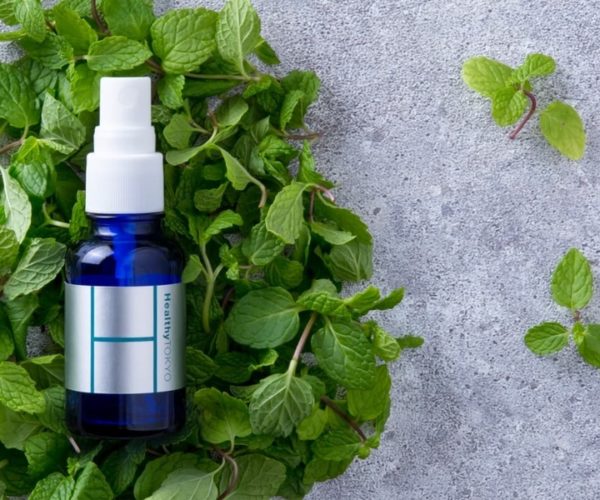Introduction
In the pursuit of radiant and youthful skin, dermal fillers have emerged as a popular solution. These injectable treatments offer a non-surgical approach to address various skin concerns, from wrinkles to lost volume. But what exactly are dermal fillers, and how do they work their magic on the skin? Let’s delve into the world of dermal fillers to unveil their transformative potential.
Unveiling Dermal Fillers: Understanding the Basics
Dermal fillers, also known as soft tissue fillers or injectable implants, are gel-like substances injected beneath the skin’s surface to restore volume, smoothen lines, and enhance facial contours. These fillers are typically composed of hyaluronic acid, calcium hydroxylapatite, poly-L-lactic acid, or polymethylmethacrylate beads suspended in a gel.
Dermal fillers offer a versatile solution for addressing a myriad of aesthetic concerns, including:
Addressing Fine Lines and Wrinkles
Dermal fillers work by plumping up the skin, filling in fine lines, and minimizing the appearance of wrinkles. By replenishing lost volume and stimulating collagen production, they help smooth out facial creases, such as nasolabial folds and marionette lines, restoring a more youthful complexion.
Restoring Volume Loss
As we age, the face naturally loses fat and collagen, leading to sagging skin and hollowed areas. Dermal fillers can replenish lost volume in areas such as the cheeks, temples, and under-eye hollows, restoring a fuller, more youthful appearance.
Enhancing Facial Contours
Dermal fillers can be strategically injected to sculpt and define facial contours, such as the jawline, chin, and lips. Whether you desire more defined cheekbones or fuller lips fillers offer a customizable solution to enhance your natural features.
Improving Skin Texture and Hydration
Beyond volumizing effects, dermal fillers also improve skin texture and hydration. Hyaluronic acid fillers, in particular, attract moisture to the skin, promoting hydration and a radiant glow.
Non-Surgical Rejuvenation
Unlike surgical procedures, such as facelifts or brow lifts, dermal fillers offer a non-invasive alternative with minimal downtime. Patients can achieve noticeable results with quick, in-office treatments, making them a convenient option for busy lifestyles.
Long-Lasting Results
While results vary depending on the type of filler used and individual factors, many dermal fillers offer long-lasting results, with effects lasting anywhere from six months to two years. Maintenance treatments can prolong the benefits, allowing patients to enjoy sustained improvements in their appearance.
Understanding the Mechanism: How Dermal Fillers Work
Dermal fillers work through various mechanisms, depending on their composition and intended purpose. However, the primary mode of action involves adding volume to the treated area and stimulating collagen production, leading to smoother, firmer skin.
Volume Restoration
One of the key functions of dermal fillers is to restore lost volume in the skin. Hyaluronic acid fillers, for example, act as moisture-binding agents, attracting water molecules to plump up the skin and fill in wrinkles and folds.
Collagen Stimulation
In addition to immediate volumizing effects, certain fillers stimulate collagen production in the skin over time. Collagen is a vital protein that provides structure and support to the skin, contributing to its firmness and elasticity. By promoting collagen synthesis, dermal fillers help improve skin texture and firmness from within.
Gradual Integration
Upon injection, dermal fillers integrate with the surrounding tissues, creating a seamless transition between the filler and natural skin. This integration process ensures natural-looking results that blend harmoniously with the facial anatomy.
Biodegradation
Over time, most dermal fillers undergo gradual biodegradation within the body. The body’s natural metabolic processes break down the filler particles, eventually metabolizing them into harmless byproducts that are eliminated through urine.
Stimulation of Growth Factors
Some dermal fillers contain ingredients that stimulate the production of growth factors, such as fibroblast growth factor (FGF) and platelet-derived growth factor (PDGF). These growth factors play a crucial role in tissue repair and regeneration, contributing to the rejuvenation of the skin.
FAQs
How long do dermal fillers last?
Dermal fillers’ longevity varies depending on factors such as the type of filler used, the treated area, and individual metabolism. On average, hyaluronic acid fillers can last six months to a year, while longer-lasting fillers may provide results for up to two years.
Are dermal fillers safe?
When administered by a qualified healthcare professional, dermal fillers are generally safe and well-tolerated. However, like any medical procedure, there are potential risks and side effects, including bruising, swelling, and allergic reactions. It’s essential to choose a reputable provider and discuss any concerns with your injector.
Do dermal fillers hurt?
Most patients experience minimal discomfort during dermal filler injections, as topical numbing agents are typically applied beforehand. Additionally, many fillers contain lidocaine, a local anesthetic, to further minimize discomfort during the procedure.
What is the recovery time after dermal filler treatment?
Dermal filler treatments typically require minimal downtime, with patients able to resume their normal activities immediately afterward. However, some temporary side effects, such as bruising and swelling, may occur and typically subside within a few days.
Can dermal fillers be reversed?
In certain cases, hyaluronic acid fillers can be reversed using an enzyme called hyaluronidase. This enzyme breaks down hyaluronic acid filler particles, allowing for quick removal of unwanted filler or correction of overfilled areas.
Who is a suitable candidate for dermal fillers?
Dermal fillers are suitable for individuals looking to address signs of aging or enhance their facial features non-surgically. Ideal candidates are in good overall health and have realistic expectations about the outcomes of the treatment.
Conclusion
Dermal fillers offer a versatile solution for enhancing facial aesthetics and rejuvenating the skin’s appearance without surgery. By replenishing lost volume, smoothing wrinkles, and improving skin texture, these injectable treatments can help you achieve a refreshed and youthful look. If you’re considering dermal fillers, consult with a qualified healthcare provider to explore your options and ensure safe, beautiful results.




